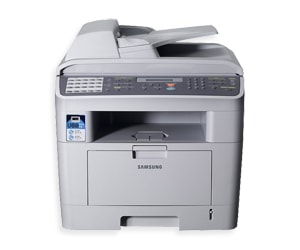

I liken the Pre-Processing stage to the development phase of a film negative.
Manfrotto 141rc manual pro#
Pre-Processing – Camera Raw, Autopano Pro I could also introduce a RSS nodal slider but as yet have had few problems with parallax due to the efficiency of the Autopano Pro algorithms. Refinements of this technique including HDR capture, which I am currently experimenting with and maximising the DoF by using Helicon focus for which I have not experimented with. As print is the final output medium, I always shoot Adobe RGB.
Manfrotto 141rc manual full#
I capture in RAW and save a basic JPEG which I use like a contact sheet for selecting images for full processing. For example if the sky is the feature then the bottom of the vertical frame is on the horizon for the first row, I then overlap this by 50% for the foreground. What I do ensure during capture is the thirds rule for either the foreground or background by overlapping the image 50%. I liken the process to digital scanning of the subject with post-processing providing the final composition. This is all captured with my sharpest prime lens, the inexpensive Nikkor 50mm 1.8 AFD. I will have no hesitation in cropping a full 22 image capture to the 2:1 ratio if the composition is improved. Although some of my images are considered full panorama’s at a ratio of 3:1, I am more interested in capturing images at 2:1 ratio (similar to widescreen cinema) which I consider as large scale digital photography rather then panoramic digital photography. The essence of my current process is to capture up to 22 images in a two row panorama (with 50% overlap) that yields a large scale digital image of 20” x 60” dpi or 14 images for a 20” x 40” image. The next iteration of this process is likely to occur when I visit New Zealand in December. I expect this process to continue to evolve as I shoot in new locations, gain experience and refine my technique. The following is a summary of my current large scale digital process based on the Lake Mokoan trip and West Gate Bridge series. But for smaller images and where the light dictates it, I'm looking forward to applying the technique in New Zealand in a fortnights time. For larger stitched images (22 frames), bracketing five-nine images per frame may not be practical.

Ideally I would have liked to bracket at 2 stop intervals but this is not possible with the D200. Recognisng the HDR image opportunity, I bracketed 9 shots at one stop intervals (-4, -3, -2, -1, 0, +1, +2, +3, +4) for each of the four frames in the sticth.


Crespuscular rays, stonycreek backwash - metered exposure


 0 kommentar(er)
0 kommentar(er)
